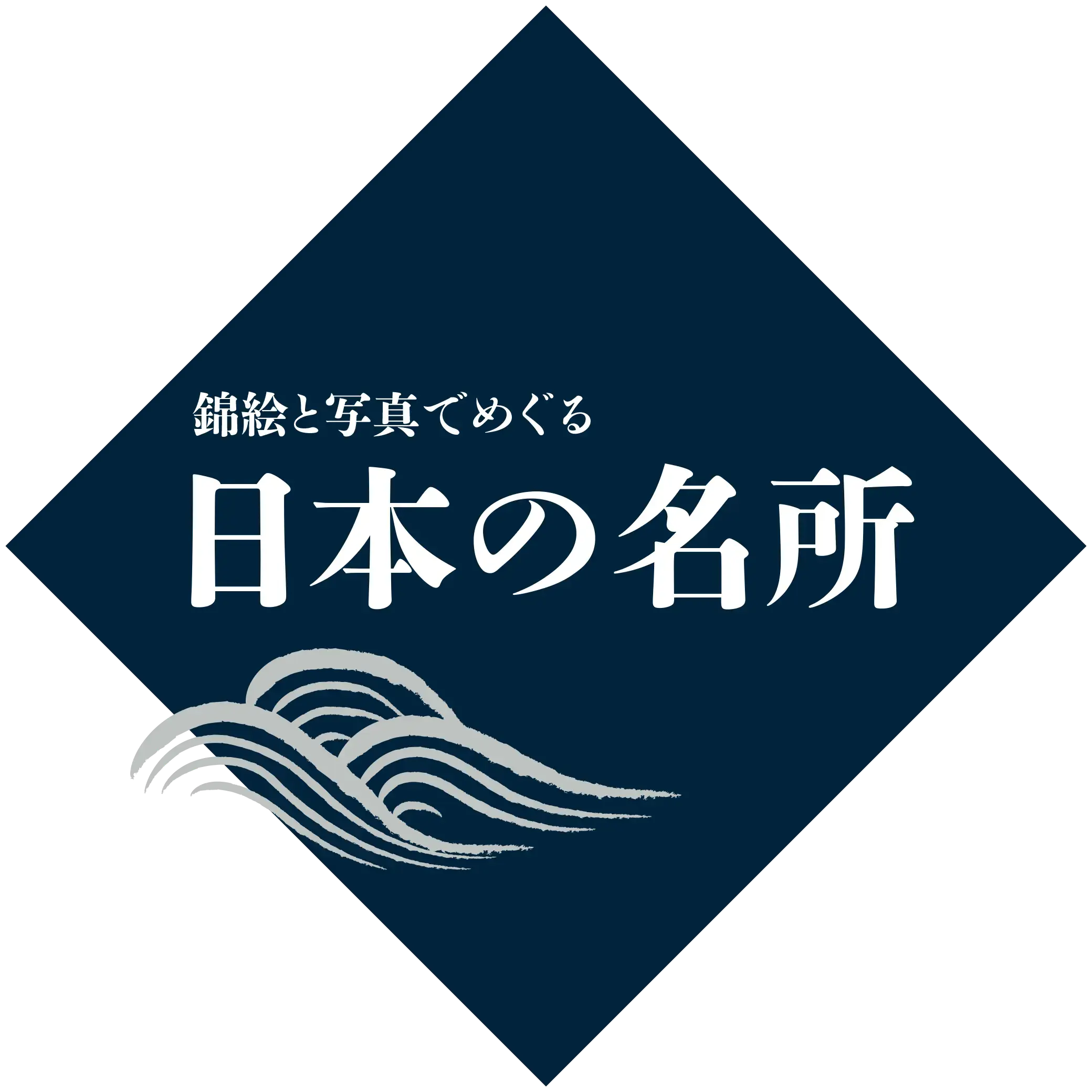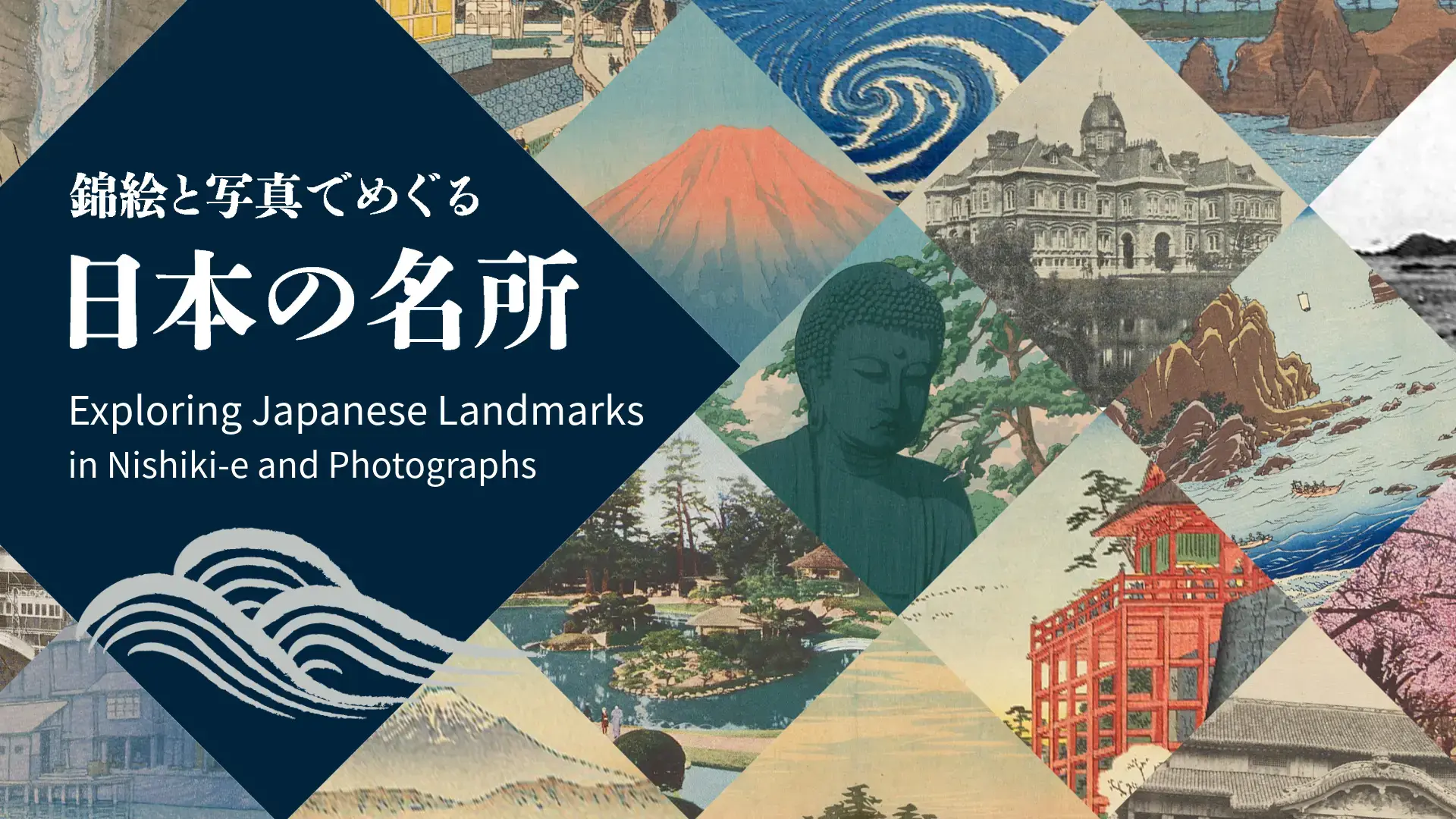
ニコライ堂
このコラムは、平成19年に電子展示会「写真の中の明治・大正」の中で公開したコラムを移行したものです。内容は当時の記載内容に基づきます。
東京千代田区神田駿河台にある教会堂で、正式名称は「日本ハリストス正教会教団東京復活大聖堂」であるが、明治24(1891)年にこの大聖堂を建築したロシア正教会の大主教ニコライ・カサートキン(Nikolai Kasatkin)の名にちなんで、明治時代から「ニコライ堂」と呼ばれ、東京の名所の一つとして人々に親しまれてきた。日曜日になると、信徒はもとより、聖体礼儀(礼拝)での聖歌隊の合唱を聴こうとして、東京音楽学校(現東京藝術大学)の声楽科の生徒たちが詰めかけたという。
ニコライ堂の建築の設計はロシアの美術家シチュールポフ(M.A.Shchurupov)が担当し、帝国ホテルなどの建築を手がけたコンドル(J.Conder)が修正して完成させた。建築工事は長郷泰輔が請負い、施工は清水組(現清水建設)が担当した。大聖堂内部の聖障(イコノスタシス)の聖画像はペシェホノフ(V.M.Peshekhonov)が制作したと伝えられているが、聖像画家として知られる山下りんが制作した聖画像も4点あったという。平面はギリシア十字形をなすビザンティン様式で、中央ドームは八角形、他に鐘楼一基があった。ニコライ堂の建設費用(240,000円)は、ロシア帝国領内に住む正教徒たちの献金によるところが大きかったと言われている。
ニコライ堂は、明治期の日本におけるギリシア正教の総本山として、当時およそ4万人と称される日本各地の正教会信者の信仰のよりどころとして重要な役割を果たしてきたが、ニコライが45(1912)年に死去し、大正6(1917)年にロシア革命が起こるに及んで、ロシアからの精神的・財政的援助を断たれた日本正教会は次第に教勢が衰え始めた。そうした状況下で起きた12(1923)年の関東大震災は、ニコライ堂をも直撃し、高い鐘楼が中央ドームに倒れかかって建物全体が大破した。この時、大聖堂内の聖障も焼失し、聖堂附属の図書館や学校も類焼した。
日本正教会はただちにニコライ堂の再建を計画したが、財政的に困難な状況から、聖堂が再建されたのは被災後6年を経た昭和4(1929)年のことであった。ニコライ堂の再建に際し、設計は岡田信一郎が担当したが、この時の設計図面が当館所蔵の岡田信一郎・岡田捷五郎建築設計原図集成に収められている。再建後のニコライ堂は、大円蓋の形が変わったほか、鐘楼が小さくなり、その位置がさらに中央ドームに近接している点以外は、最初のニコライ堂の姿をとどめている。
引用・参考文献
- 水島行楊編『東京ハリストス復活大聖堂の記念画帖』増訂2版.正教会編輯所,明治38(1905) 【特55-24】
- 水島行楊『東京ハリストス復活大聖堂小誌:絵入』正教会編輯所,明治40(1907) 【特49-207】
- 牛丸康夫『明治文化とニコライ』教文館,1969 【HP131-1】
- 「ニコライ堂」『平凡社世界大百科事典 1972』平凡社,1972 【UR1-22】
- 鹿島卯女編集『山下りん:黎明期の聖像画家』鹿島出版会,1976 【KC229-62】
- 牛丸康夫『日本正教史』日本ハリストス正教会教団府主教庁,1978 【HP131-11】



